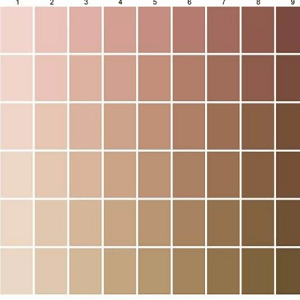A recent self-assessment conducted by Rutgers New Jersey Medical School (NJMS) has revealed significant disparities in the representation of skin tones in pre-clerkship dermatology lectures. Published on May 2, 2025, the study found that approximately 60% of images used in these lectures depicted white or light skin tones. This disproportionate representation can hinder medical education and ultimately affect health outcomes for minority communities.
The analysis, which examined images using the New Immigrant Survey Skin Color Scale, showed that medium/brown skin tones accounted for only 16.1% of images, while dark/Black skin tones made up 24.4%. Co-author Jeremy Grachan, PhD, emphasized the importance of visual learning equity across all medical curricula, not just dermatology. He suggested that medical educators conduct their own assessments to identify and address gaps in visual learning resources.
The study’s findings have prompted NJMS to review and diversify their educational materials, particularly those related to skin lesions and pathologies. This initiative aims to improve the accuracy and inclusivity of medical education, ensuring that future healthcare professionals are better equipped to diagnose and treat patients of all skin tones.
Addressing these disparities is crucial for improving health outcomes in minority communities. By enhancing visual learning equity, medical schools can help reduce biases and improve the quality of care provided to all patients, regardless of their racial or ethnic background.
See: “Rutgers Finds, Then Fixes, Disproportionately White Dermatology Images” (May 2, 2025)



